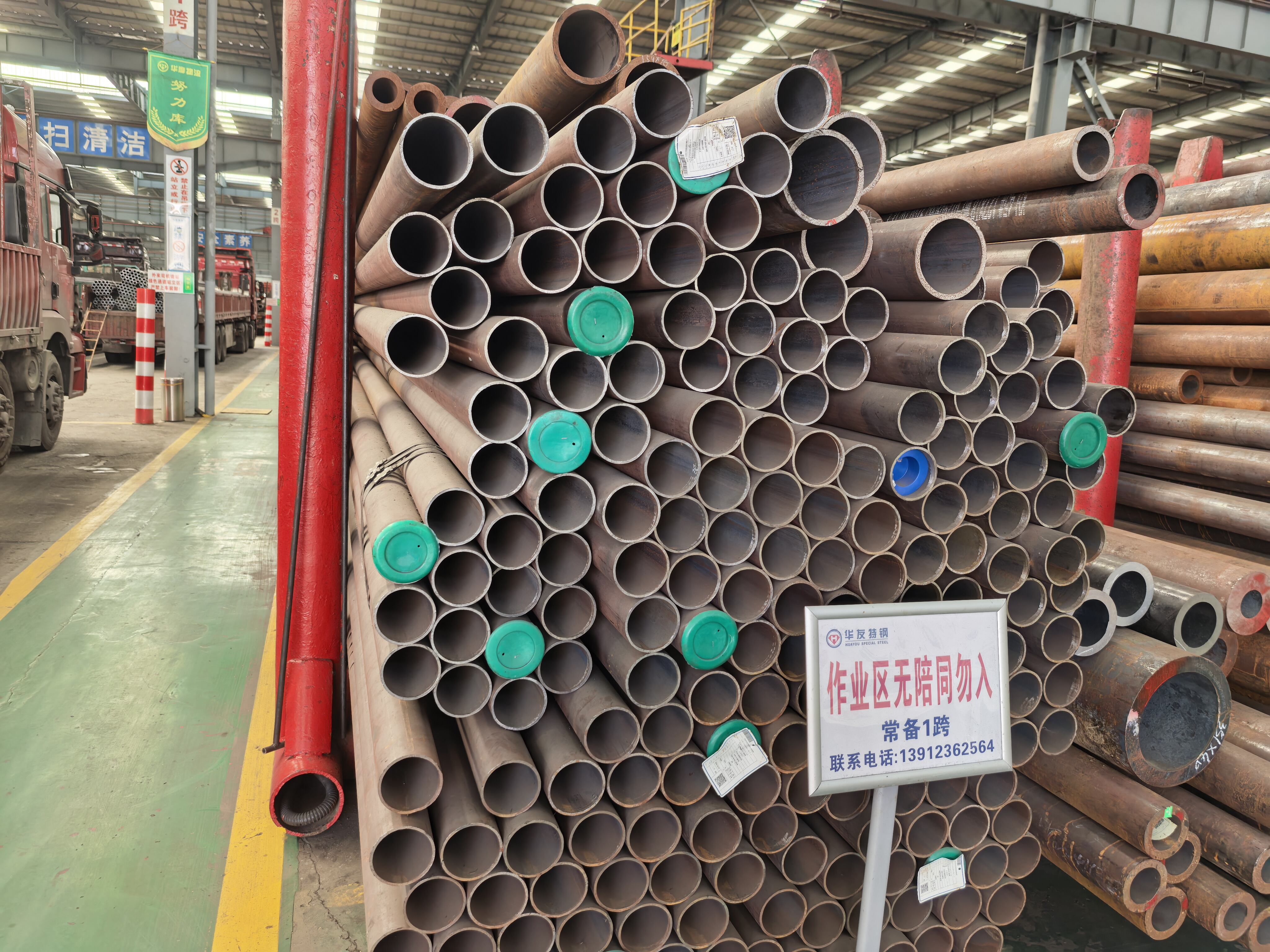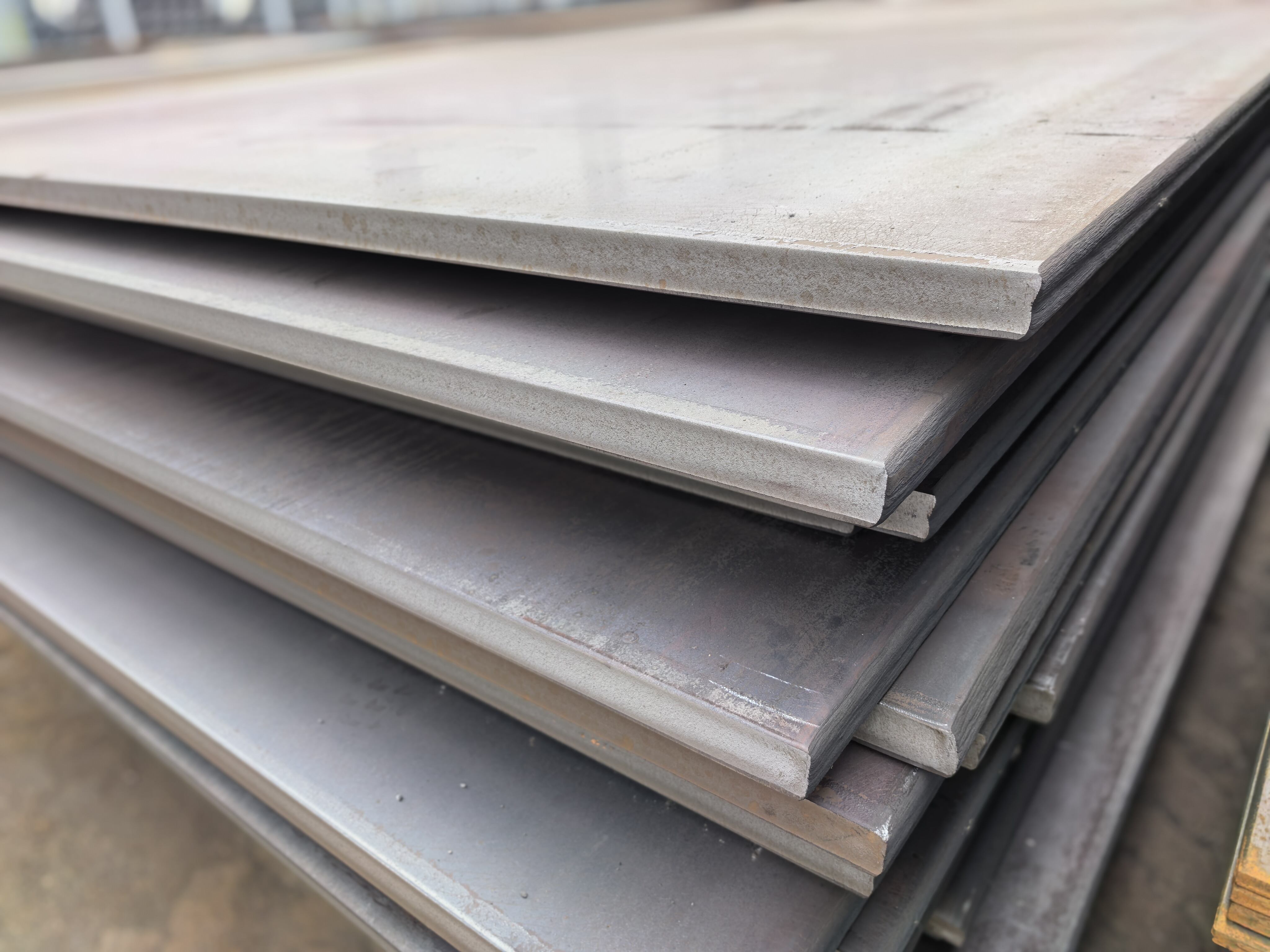The Evolution of Advanced Steel Manufacturing
The metallurgical industry has witnessed a remarkable transformation in recent decades, with high-strength steel emerging as a cornerstone of modern manufacturing. This innovative material has revolutionized multiple sectors, from automotive to construction, offering unprecedented combinations of strength, durability, and weight reduction. As global demands for more efficient and sustainable materials continue to rise, high-strength steel stands at the forefront of engineering innovation.
Modern Applications and Market Growth
Automotive Industry Revolution
The automotive sector has become one of the primary consumers of high-strength steel, driving significant innovations in material science. Vehicle manufacturers increasingly rely on advanced high-strength steel grades to achieve stringent safety standards while reducing overall vehicle weight. Modern cars typically incorporate multiple grades of high-strength steel in strategic locations, enabling improved crash performance without compromising fuel efficiency.
Recent developments have seen the integration of third-generation high-strength steel into vehicle designs, offering superior formability alongside enhanced strength properties. These advancements allow automakers to create more complex geometries while maintaining structural integrity, ultimately leading to safer and more efficient vehicles.
Construction Sector Advancements
In the construction industry, high-strength steel has enabled architects and engineers to push the boundaries of structural design. Modern skyscrapers and bridges utilize these advanced materials to achieve greater heights and spans while using less material. The reduced material requirement not only makes construction more cost-effective but also contributes to sustainable building practices by lowering the carbon footprint of major projects.
The implementation of high-strength steel in construction has led to the development of innovative connection methods and construction techniques. These advancements have significantly reduced construction times and improved overall project efficiency, making it an increasingly attractive option for large-scale infrastructure projects.

Technological Breakthroughs in Manufacturing
Advanced Processing Techniques
The manufacturing of high-strength steel has evolved considerably with the introduction of sophisticated processing methods. Thermomechanical controlled processing (TMCP) has emerged as a crucial technique, allowing manufacturers to achieve precise microstructural control during production. This advancement has resulted in steel grades with superior strength-to-weight ratios and improved weldability.
Modern production facilities now incorporate artificial intelligence and machine learning algorithms to optimize the manufacturing process. These smart systems continuously monitor and adjust processing parameters, ensuring consistent quality while reducing energy consumption and material waste.
Surface Treatment Innovations
Surface engineering of high-strength steel has seen significant advancement, with new coating technologies providing enhanced corrosion resistance and surface properties. Nano-structured coatings and advanced galvanizing techniques have extended the service life of high-strength steel components, particularly in demanding environmental conditions.
Recent developments in surface modification techniques have also improved the material's compatibility with various joining methods, addressing one of the historical challenges in working with high-strength steel. These innovations have expanded the material's application potential across different industries.
Sustainability and Environmental Impact
Eco-friendly Production Methods
The steel industry has made substantial progress in developing more environmentally conscious production methods for high-strength steel. Modern facilities are implementing hydrogen-based reduction processes and electric arc furnaces powered by renewable energy sources. These innovations significantly reduce carbon emissions while maintaining the superior properties of high-strength steel.
Advanced recycling technologies have also emerged, allowing for more efficient recovery and reuse of high-strength steel components. This circular economy approach not only conserves resources but also reduces the environmental impact of steel production.
Life Cycle Benefits
The extended durability and reduced material requirements of high-strength steel contribute to significant environmental benefits throughout the product lifecycle. Structures and components made from these advanced materials typically require less maintenance and have longer service lives, reducing the need for replacement and rehabilitation.
Furthermore, the lightweight properties of high-strength steel contribute to improved energy efficiency in transportation applications, leading to reduced fuel consumption and lower emissions over the lifetime of vehicles.
Future Research Directions
Material Science Developments
Ongoing research in material science continues to push the boundaries of what's possible with high-strength steel. Scientists are exploring novel alloying combinations and processing routes to develop steel grades with even higher strength-to-weight ratios. Computational materials science and high-throughput experimentation are accelerating the discovery of new steel compositions with enhanced properties.
Research is also focusing on improving the material's resistance to hydrogen embrittlement and other forms of environmental degradation, which will expand its applicability in hydrogen energy infrastructure and other emerging technologies.
Integration with Smart Technologies
The future of high-strength steel development is increasingly intertwined with smart technologies. Researchers are working on incorporating sensors and monitoring systems directly into steel structures, enabling real-time performance monitoring and predictive maintenance. This integration of traditional materials with digital technologies opens new possibilities for structural health monitoring and adaptive systems.
Development efforts are also focused on creating smart manufacturing processes that can adapt in real-time to changing material properties and processing conditions, ensuring optimal product quality while minimizing resource consumption.
Frequently Asked Questions
What defines high-strength steel compared to conventional steel?
High-strength steel is characterized by its yield strength, typically exceeding 550 MPa, significantly higher than conventional steel grades. This enhanced strength is achieved through careful control of chemical composition and sophisticated processing techniques that create optimal microstructures.
How does high-strength steel contribute to vehicle safety?
High-strength steel enhances vehicle safety through its superior energy absorption capabilities during collisions while maintaining structural integrity. Its strategic placement in critical areas of the vehicle body creates a protective cage around occupants, managing crash forces more effectively than traditional steel.
What are the primary challenges in working with high-strength steel?
The main challenges include maintaining formability during manufacturing, developing appropriate welding techniques, and managing spring-back during forming operations. However, ongoing technological advances and improved processing methods continue to address these challenges, making high-strength steel increasingly practical for various applications.


